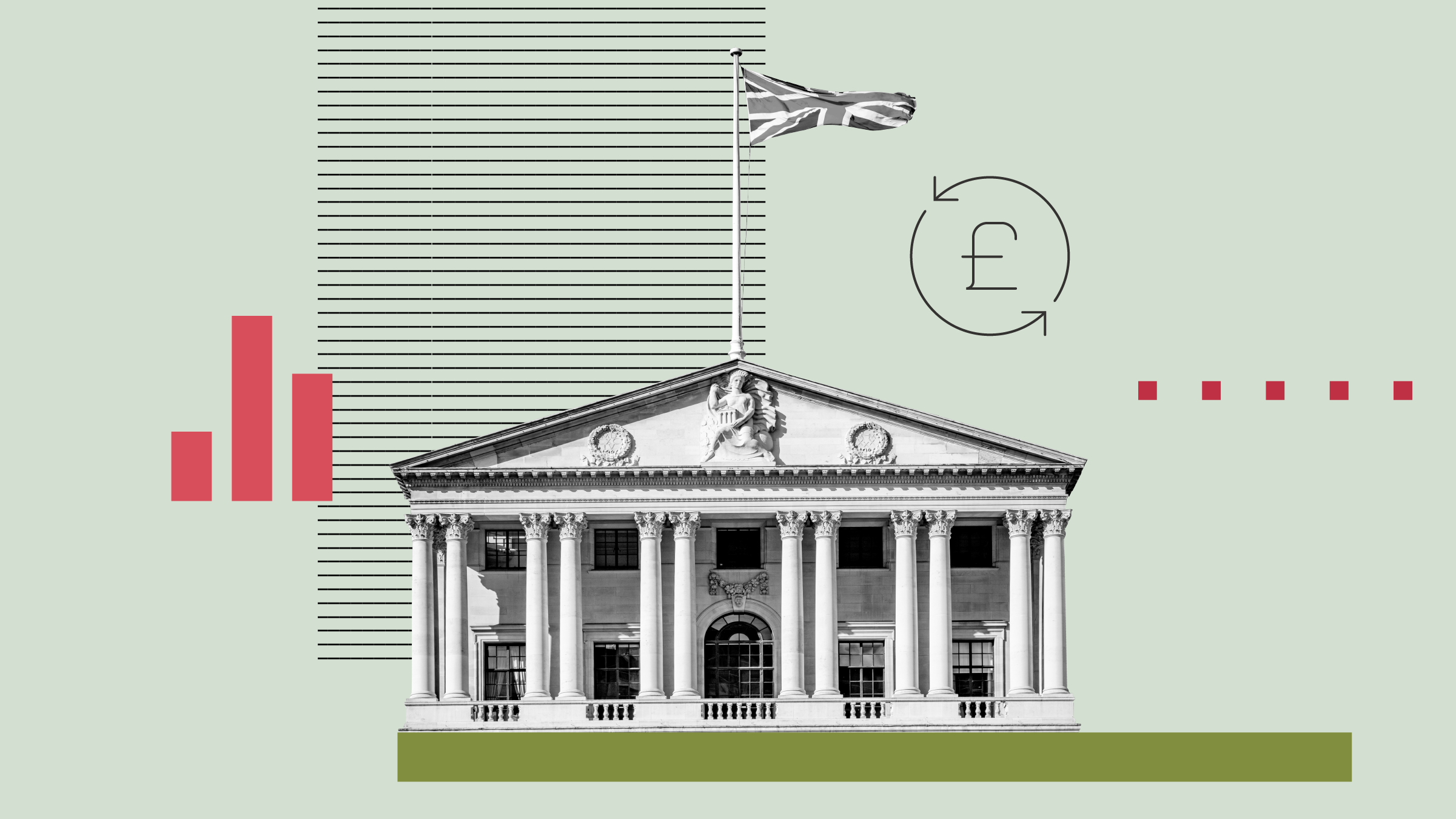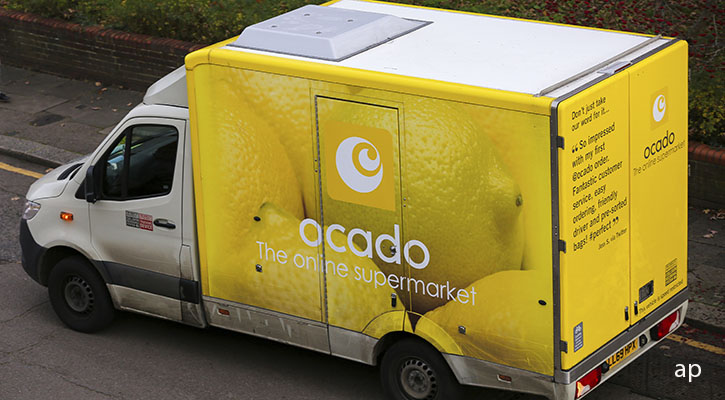It's hard to believe that it has been almost two years since Bear Stearns was forced into JP Morgan's hands and that the furious market rally is now one year old. Despite the fits and starts of the economic recovery, stocks have continued their march upward.
To be sure, the markets are still a far cry from their October 2007 levels but progress is clearly being made. The UK benchmark index has surged 62% since hitting a six-year low of 3,512 points on March 3, 2009 and is 65% higher on a total return basis (assuming reinvested dividends). The UK mid-cap index has put in a similarly strong performance, while the FTSE SmallCap index was a whopping 77% higher as it passed the anniversary of the market trough yesterday.
To mark the occasion, let’s look back at some impressive--and disappointing--numbers from the past year.
460%
Although the cause of the economic malaise behind the stock market swoon is complex, the US housing market bust and subsequent credit crisis obviously played central roles. Bank stocks were some of the hardest hit during the bear market, as investors worried about everything from liquidity to credit losses to bank nationalisation.
As the veil of uncertainty has lifted over the banking sector, financial services stocks have seen some of the largest upticks in share price. Barclays, which successfully managed to avoid succumbing to government aid, has seen its shares more than quadruple in value over the past 12 months, swelling to almost £3.50 apiece from their 59p price a year ago—an increase of 460%.
217%
The top-performing fund over the past 12 months was Pictet Funds Russian Equities, up 217%, followed by JPM Russia and Fortis Plan International Derivatives, both coming in around 200% higher.
In fact, Russia may be known for its love of bears but it’s the bulls that have been out in force in this region: funds investing in Russia and Eastern Europe dominate the leaderboard when looking at one-year fund returns, while those ploughing their cash into Latin American and India have also enjoyed a strong ride over the past year.
25%
2009 was an extraordinary year—even the best-skilled managers found it tough to navigate. Over 25% of funds that have been awarded our high qualitative ratings (Superiors and Elites) and are available for sale in the UK fell behind their category peers (107 out of 426). Most of these had actually weathered the market woes of 2008 relatively well and were in good shape up until early March 2009 but the focus on quality stocks that had helped some managers the previous year came to their detriment in 2009.
Managers who were stocking up on the low-quality, higher-risk issues early on last year fared the best. For example, all of Blackrock’s European team moved away from quality in February and March of last year and subsequently enjoyed excellent returns. On the other hand, Aaron Barnfather and Barnaby Wilson of Lazard European Alpha and Lazard Pan-European Equity suffered because they have always maintained a focus on quality and stuck to their guns. Chris Rice and Steve Cordell of Cazenove European and Cazenove Pan-European, respectively, also fell behind because they were too cautious. They’re all top-notch managers, however, and we continue to hold them in high regard but the past 12 months were tough to navigate for even the most experienced managers.
14
958 funds out of the 20,000+ available for sale in the UK made over 100% in the past 12 months, while 560 funds lost money in absolute terms, but a lesser-known fact is that Morningstar launched 14 new investor web sites around the globe between March 2009 and March 2010, including sites in Estonia, India, Ireland, Mexico, South Africa and Thailand, to name but a few! You can check out these international sites for yourself by following the link at the bottom of the page.
0%
Unsurprisingly, a raft of cash funds have done virtually nothing—maybe 50 basis points if you’re really lucky but generally less. Scottish Widows Cash fund has done precisely nothing over the past 12 months and Standard Life Cash has lost 2bps, as has Pictet Absolute Return Global Conservative.
-96%
At the other end of the scale from the Russian zealots, it was clear who the losers were. Location, location, location? Location was of no use to property investors—wherever they placed their money it seemed to disappear. At the top of the casualty list of fund performances between early March 2009 and the market trough anniversary yesterday was Tilney British Real Estate, with a one-year return of just under -96%, while The Glanmore Property, Emirates Real Estate, JPM Global Real Estate Sec, New Star International Property and TRI European Residential Property each lost 54%, 40%, 27%, 21% and 20%, respectively.
Jackie Beard and Muna Abu-Habsa contributed to this article.
























